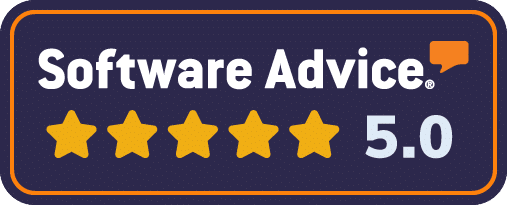How to Interpret 360 Feedback Results and Create Effective Development Plans
360-degree feedback is a powerful tool for personal and professional growth. However, interpreting the results correctly and translating them into actionable development plans can be challenging. In this guide, we’ll walk you through the essential steps: aggregating ratings, analyzing data, narrative reporting, and creating targeted development plans.
Step 1: Aggregating Ratings
Aggregating ratings involves collecting feedback from multiple raters—such as peers, managers, and direct reports—and combining these scores to get an overall picture.
- Identify Rating Patterns: Look for consistent themes in ratings across different categories and raters.
- Calculate Average Scores: Compute averages for each competency or skill area to identify strengths and development needs clearly.
- Highlight Variances: Note significant discrepancies between self-assessments and ratings provided by others, which often reveal blind spots.
Step 2: Analyzing the Data
Analyzing aggregated data helps clarify what actions need to be taken.
- Strengths and Weaknesses: Clearly identify the top-rated strengths and the most critical areas needing improvement.
- Contextual Understanding: Evaluate ratings within the context of job roles and responsibilities.
- Trend Analysis: Compare current feedback results to previous assessments to gauge progress or ongoing challenges.
Step 3: Narrative Reporting
Numbers tell only part of the story—narrative comments offer invaluable insights into the nuances behind scores.
- Synthesize Feedback: Look for repeated phrases or keywords in qualitative comments to detect significant perceptions.
- Identify Actionable Insights: Highlight specific examples or behaviors mentioned by respondents to pinpoint exact areas for improvement.
- Balance Positives and Negatives: Offer balanced insights by emphasizing both commendable behaviors and constructive criticism.
Step 4: Creating Development Plans
An effective development plan transforms feedback into clear, achievable goals and actions.
- Prioritize Goals: Select two to three key development areas to focus on based on the feedback analysis.
- SMART Objectives: Ensure each goal is Specific, Measurable, Achievable, Relevant, and Time-bound.
- Action Steps: Outline clear, practical actions such as training programs, mentorship, behavioral changes, or additional practice.
- Regular Reviews: Set regular intervals to review progress and adjust the plan as necessary.
Conclusion
Interpreting 360 feedback results is critical to meaningful professional development. By accurately aggregating ratings, thoroughly analyzing data, effectively utilizing narrative insights, and creating clear, actionable development plans, you ensure the feedback process leads to tangible growth and improvement. G360 Surveys is available if you need any help.


